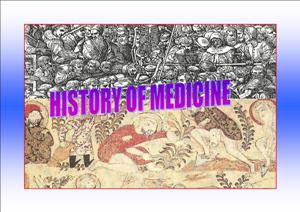The development of sweeteners
Humans have had a ‘sweet tooth’ for thousands of years. Ancient documents make clear reference to the use of honey as a sweetening agent. Before the introduction of sugar, sweet stuff was so scarce that most people ate none at all, except perhaps in an occasional piece of fruit or spoonful of honey.
Sucrose or table sugar became available only about a thousand years ago and has been the primary sweetener worldwide for most of the twentieth century.
Sugar came to Europe at the time of Crusades, but as it was expensive, only the most privileged members of society enjoyed. The first large-scale sweetener, sugar cane, was brought to the West from the Indian sub-continent first by Persian and Greek merchants and explorers before the Christian period.
England was soon the largest sugar-consuming country in the world, with annual per-capita consumption reaching four pounds in 1704, eighteen pounds in 1800 and ninety ponds in 1900.
An early effort at creating a fructose sweetener was patented in 1935. This process relied on extraction of fructose from plants including Jerusalem artichoke, dahlias, chicory, and beet sugar molasses.
In addition, recent technological advances in food producing have allowed for the ‘invention’ of another sweetening agent – corn syrup and high-fructose corn syrups (HFCS).
Corn was first used as a sweetener when scientist began to extract glucose from corn. Glucose is an sugar abundant in plants an a primary product of photosynthesis, though less sweet than sucrose or fructose, an important sugar found in fruits such as grapes, peaches plums, cherries and many more. Corn syrup is a sweet, viscous liquid made from cornstarch.
The development of HFCS and their introduction into the food supply is a good example of modern technology being applied to the benefit of society.
The development of sweeteners







